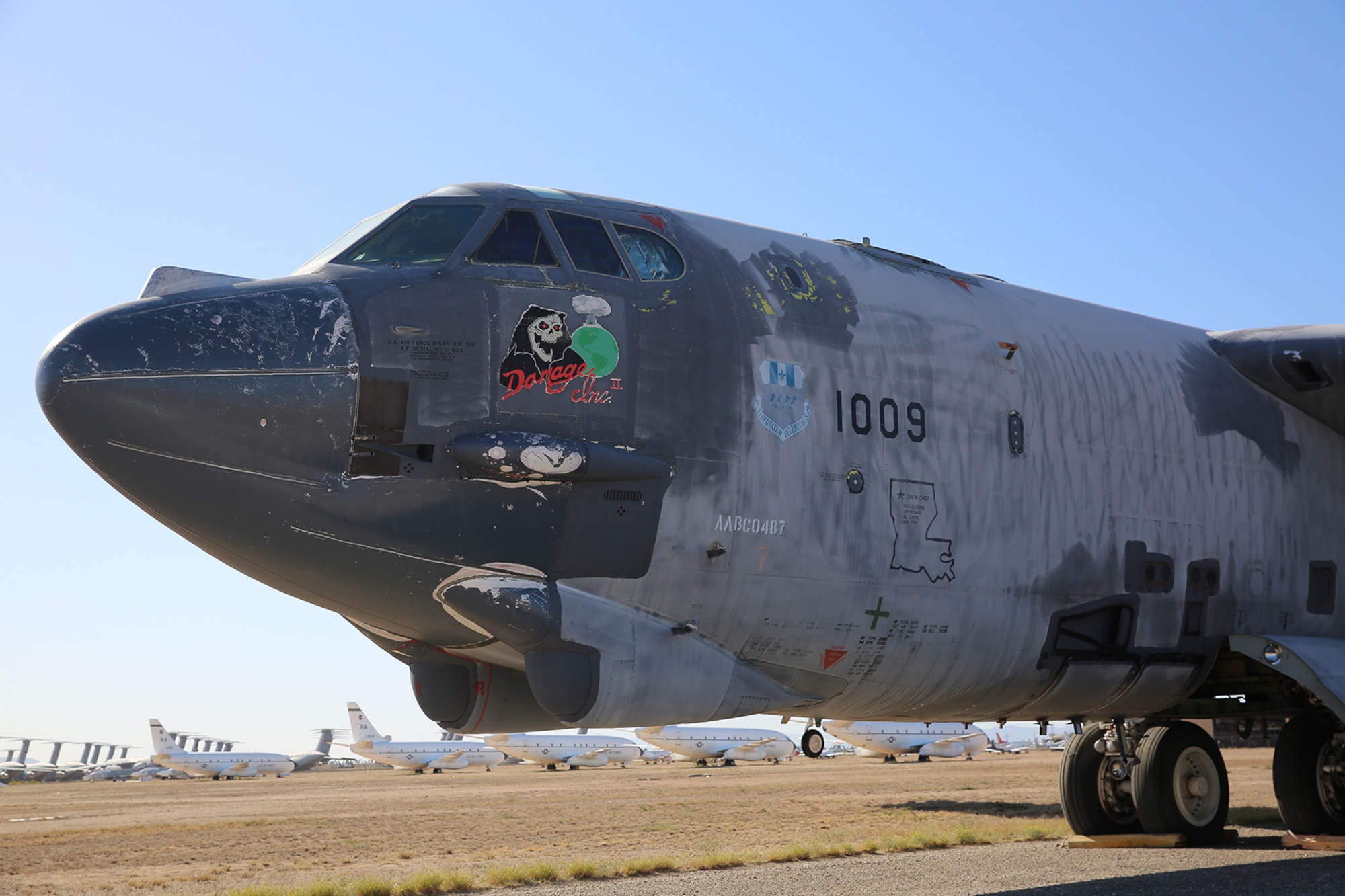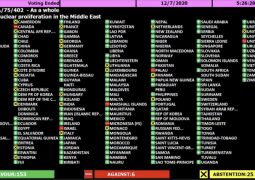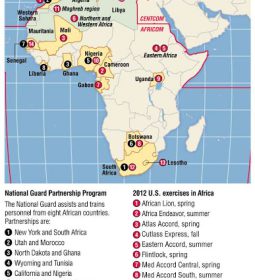From $12.5 billion to $15 billion: Air Force officials spotlight cost jumps, delays for B-52 bomber modernization
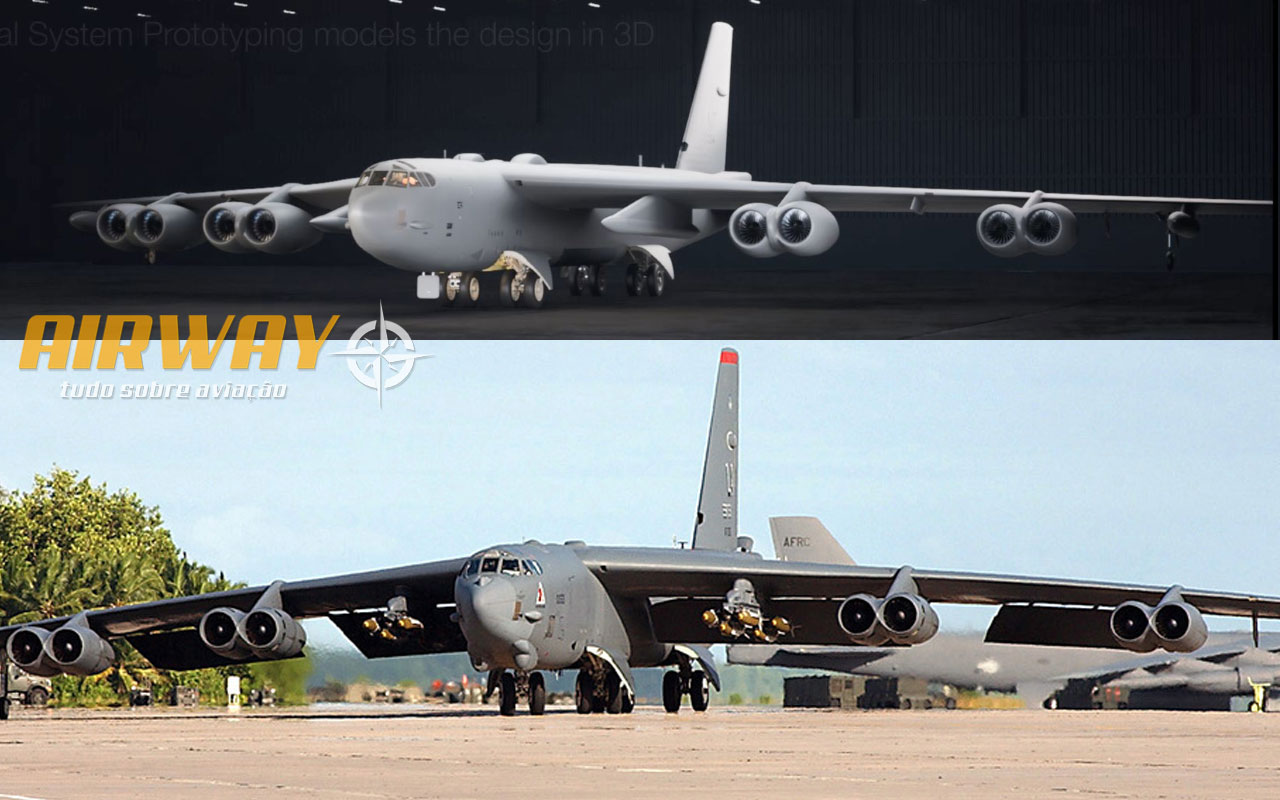
The pricetag to put new engines on the decades-old bomber has jumped from $12.5 billion to $15 billion, while an effort to integrate a new radar has climbed to $3.3 billion from an original forecast of $2.3 billion, service officials revealed.
By Michael Marrow
on August 01, 2024 at 1:09 PM
305th AMW supports B-52
A U.S. Air Force B-52H Stratofortress assigned to the 5th Bomb Wing at Minot Air Force Base, North Dakota, flies alongside a KC-10 Extender assigned to the 305th Air Mobility Wing, Joint Base McGuire-Dix-Lakehurst, N.J., after receiving fuel, Jan. 6, 2021. (U.S. Air Force photo by Staff Sgt. Stephanie Serrano)
DAYTON, Ohio — Air Force officials recently revealed new details about schedule delays and rising costs related to the service’s multi-billion dollar effort to modernize its long-range B-52 Stratofortress bombers, complications that prompted the service to bring on a seasoned negotiator to sharpen discussions with prime contractor Boeing.
Endeavoring to keep the 1950s-era bomber flying into the 2060s, the Air Force is upgrading the plane’s engines and radar under two separate efforts respectively dubbed the Commercial Engine Replacement Program (CERP) and the Radar Modernization Program (RMP). But according to officials at the Lifecycle Industry Days Conference here, schedules have been slipping and costs have been growing for both efforts.
“It’s really a no-fail mission, the strategic importance of both the B-52” and the forthcoming B-21 Raider, Air Force Program Executive Officer for Bombers, Brig. Gen. Erik Quigley, said of long-range strike capabilities that both platforms bring. Boeing did not respond to a request for comment by press time.
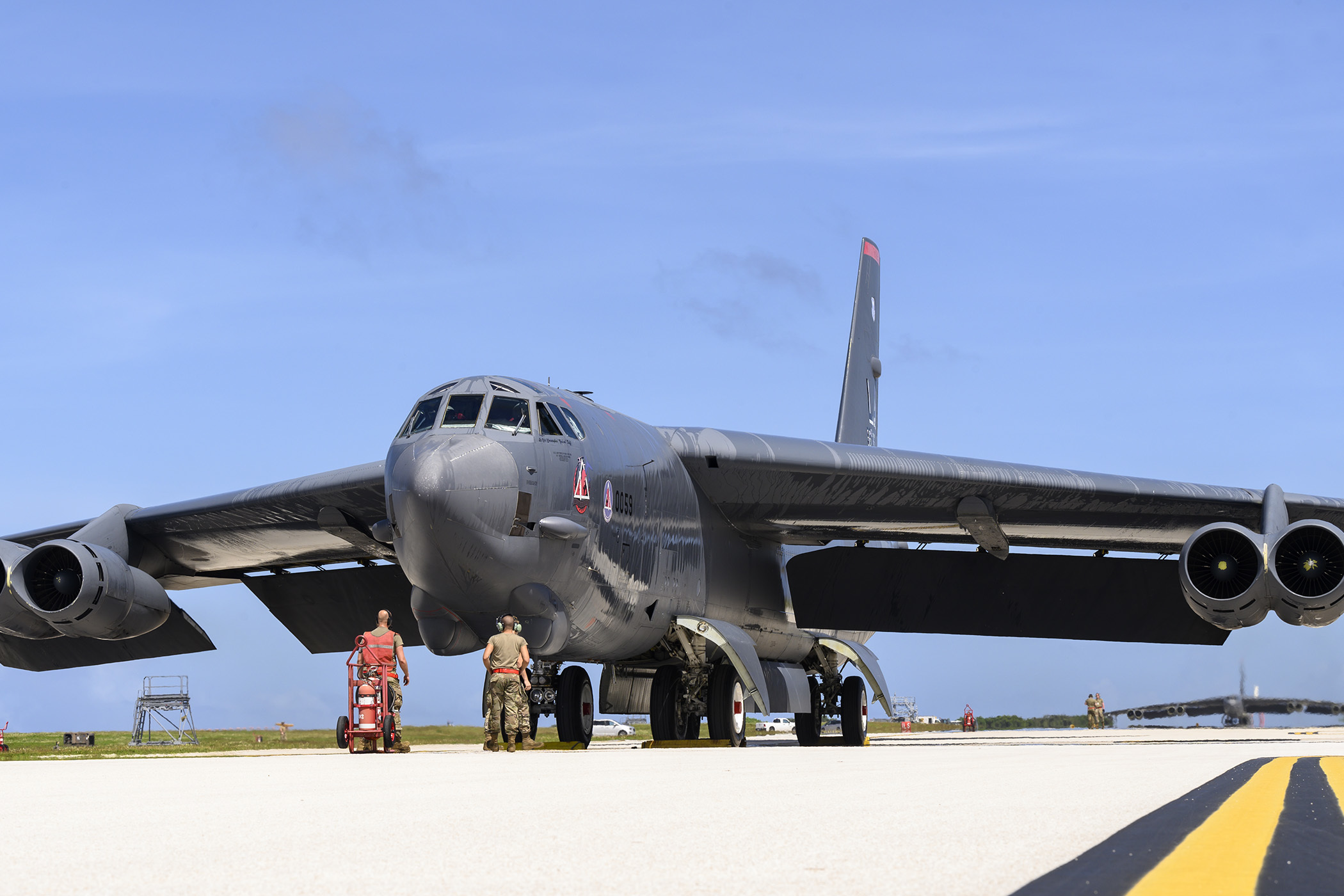
For the B-52’s CERP effort — which will integrate Rolls-Royce F130 engines, new engine housing and a refreshed cockpit, among other enhancements that when finished will re-designate the plane as the B-52J — the Government Accountability Office’s (GAO) most recent weapon systems assessment [PDF] found that the program’s initial operational capability may be delayed by as long as roughly three years, out to 2033.
In a briefing with reporters Tuesday, Air Force B-52 Division Deputy Senior Materiel Leader Brian Knight said the program’s cost has ballooned from $12.5 billion to roughly $15 billion, though that number could change as the service establishes estimates for the program’s milestone B decision and collects proposals from Boeing.
Knight explained that a leading reason for the disruptions with CERP stemmed from transitioning the program from a Middle Tier of Acquisition pathway to a Major Capability Acquisition. The approach had to consolidate a lot of work in a current contract, which in turn “created, I’ll say, the opportunity for the prime contractor to raise costs, if you will.”
Quigley added that time was also lost due to a revised requirement for the engine inlet design, which prompted the program to go back through wind tunnel testing, whose availability is a major bottleneck.
From Bombardier Defense
Finding a way to extend the lifespan of the bomber’s current engines as CERP progresses is especially critical since the jet’s incumbent TF33 powerplants will increasingly suffer from diminishing manufacturing sources later this decade. Quigley said the Air Force is in discussions with manufacturer Pratt & Whitney about addressing those concerns in light of the schedule for CERP.
“If we don’t, there may be a gap. … If you look at the projections, 2027 is when some of those availability concerns really start to affect at least the B-52. And if you look at the CERP schedule, you know, that doesn’t come online until the early 2030s,” he said.
The RMP effort, which is integrating an existing active electronically scanned array radar from RTX subsidiary Raytheon, is experiencing its own cost growth and delays as well. According to the same GAO report, the program’s first full cost estimate in 2021 forecast a $2.3 billion pricetag. That estimate has slowly risen over the years and is now at about $3.3 billion, according to Knight.
Additionally, Quigley said the program is now sending service acquisition chief Andrew Hunter “a revised, suggested rebaseline schedule” for RMP since, he said, “We did have an acquisition program baseline breach for schedule recently — not for milestone C, but our decision points leading up to milestone C.” (Milestone B kicks off engineering and manufacturing development, whereas a milestone C decision gives the go-ahead for production.)

Quigley said that the Air Force is constantly looking at ways to claw back schedule margin and cost, both for RMP and CERP. With CERP, for example, the Air Force is reassessing requirements that may “not be operationally relevant, or too restrictive,” while also moving to buy long-lead parts to speed up RMP through an undefinitized contract action. RMP specifically has two decision points for low-rate initial production (LRIP) — with GAO finding that the first is expected in March 2025 — and Quigley said the Air Force has shifted some criteria to the second decision point rather than the first to help keep the schedule on track.
Knight noted that for some long-lead parts associated with the LRIP phase for producing the radar, the Air Force was originally told that they would take 18 months but that newer estimates place that around 30 months. In response, the service is “asking Boeing to put pressure on [Raytheon] to not just accept whatever their lead time is” and to speed things up, Quigley said. (Raytheon did not respond to a request for comment by press time.)
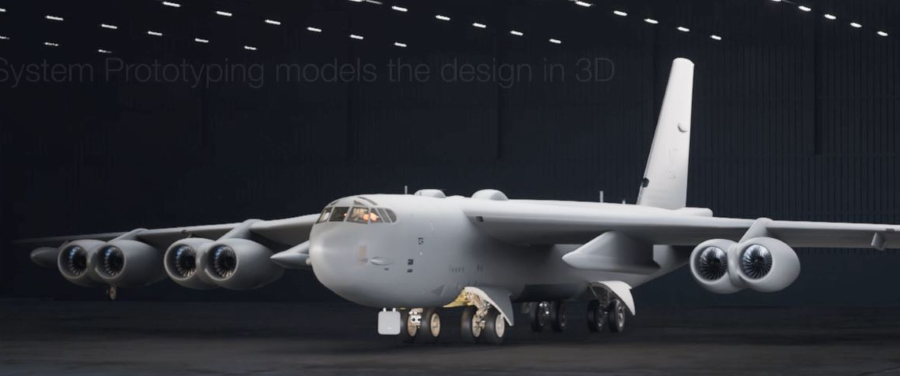
Quigley added that Boeing has brought on a new, “seasoned” program manager as well who oversees both the RMP and CERP efforts, who is holding weekly schedule review meetings to see how the two programs can be sped up.
The Air Force is also bringing in new blood in the form of Shay Assad, the Pentagon’s former longtime director of defense pricing notorious for tough negotiations with industry. Assad recently played a critical role in closing a deal with Boeing on the E-7 Wedgetail.

“Well, I don’t want to speak disparagingly against Boeing or anything, but I mean, the government had our own issues too,” Quigley said when asked why Assad was brought on.
“It’s about efficiencies,” he added. “How we do pricing, how we do proposals, how we do contracting […] So we’re just leveraging his experience and expertise on how to become more efficient on both sides. So he sat down and did a deep dive with our government team, but also with Boeing to kind of see how we can be more efficient in those business practices.”
- Previous Mitsubishi produces around 30 missiles a year and Japan to sell $19m in Patriot missiles to U.S. to re-supply Ukraine
- Next Tajiks wants to build railway to Afghanistan again: dropped this project in 2016


